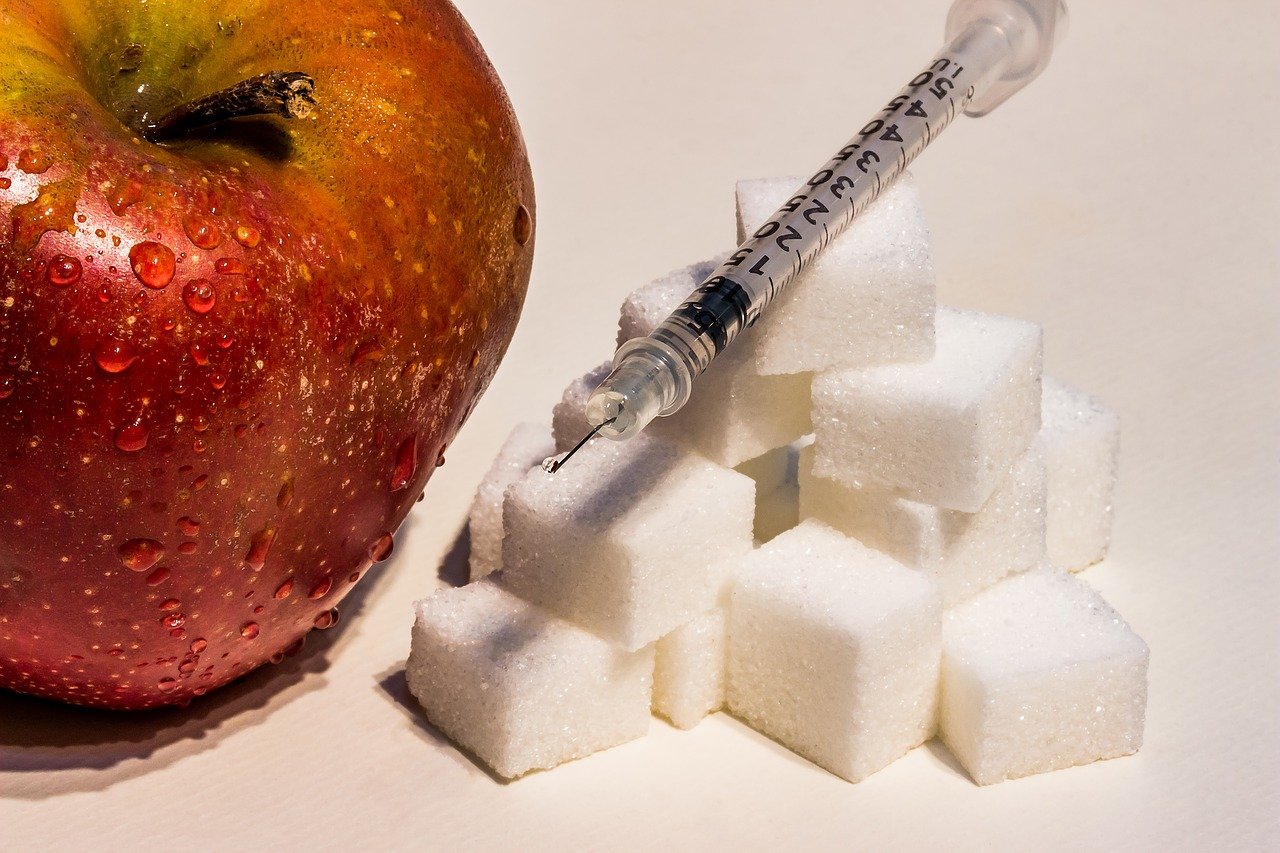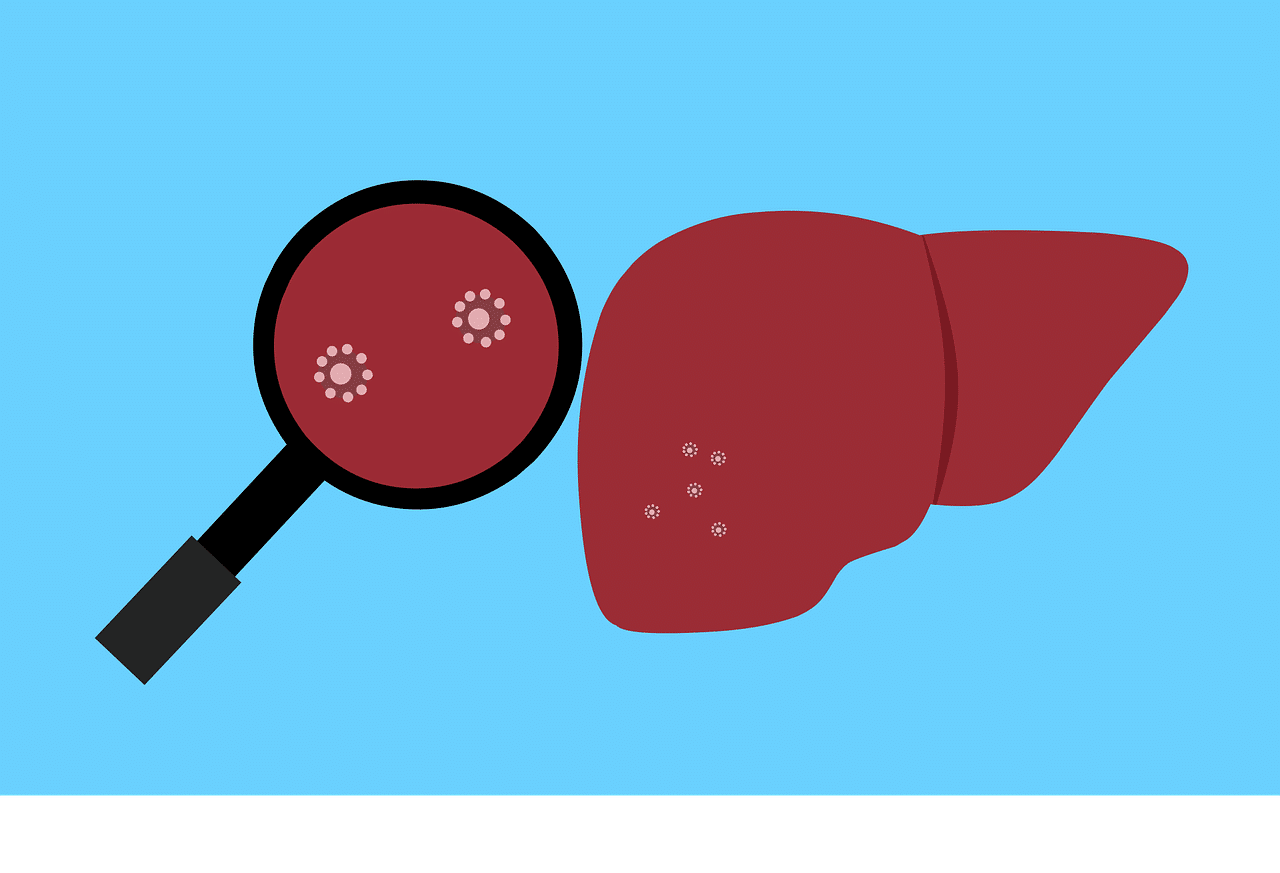Type 2 diabetes is one of the most common health conditions around the world with over thirty-four million cases in the United States alone. Although there is ongoing research on the disease along with treatment plans, the number of patients developing associated complications is expected to increase with each passing year.
Currently, the primary treatment for both forms of diabetes includes the use of insulin along with certain changes in the lifestyle such as a healthier diet and the incorporation of physical activity into the daily routine.
For people who are diagnosed with type 2 of the disease, the use of insulin can be prevented if medical treatment is sought and followed strictly. However, in cases where these steps are not effective, insulin is usually required eventually.
On the other hand, in type 1 diabetes, the use of insulin is fundamental as the body is unable to produce the needed amount of insulin.
Treatment plans involving insulin are typically successful and help in managing the disease significantly but there are many other difficulties and complications that diabetic patients, especially those with type 2 diabetes, may have to face.
RELATED: Delay Exercise for 14 Days after Coronavirus Treatment
For example, one of the biggest concerns when it comes to managing diabetes is affordability. In the past years, the prices of insulin have risen to an extent that many people have reported using less than the recommended dosage due to financial constraints.
Secondly, many people simply stop using insulin altogether and go against their doctor’s advice because they cannot afford to continue using it.
In addition, it has also been noted that an increasing number of people are moving to countries with comparatively affordable options for treating diabetes such as Canada but not all are able to do so.
At the same time, many people have also lost their lives to the disease or its related life-threatening complications as a result of not using insulin or using less than the recommended dosage.
Recently, the issue has received more attention as the number of people facing difficulties in affording and obtaining insulin for diabetes is rapidly rising especially since the beginning of the coronavirus pandemic.
The results of a new clinical trial, which were also presented at the UEG Week 2020 Virtual, also show another alternative for the treatment and management of type 2 diabetes without the use of insulin.
More specifically, the researchers tested a new type of procedure known as duodenal mucosal resurfacing (DMR) in which a catheter is used to destroy the mucosal cells in the first part of the intestine.
These cells, which are present in the duodenum, are usually damaged during the onset of diabetes. According to the hypothesis presented prior to the trial, getting rid of the cells using the process of ‘ablating’ can be useful as it can replace the damaged cells with new and healthy mucosal cells.
During the clinical trial, the researchers noted that as many as seventy-five percent of people with diabetes type 2 who required insulin no longer needed it six months after undergoing duodenal mucosal resurfacing.
The remaining participants required almost half the dosage they needed before in the same time period.
In addition to improvements in insulin resistance, it was also noted that the participants had a fifty percent reduction in fat accumulation in their livers. The BMI or body mass index of nearly all patients also decreased significantly.
The results of the clinical trial are promising and may pave the way for a complete treatment plan for type 2 diabetes patients in the future, which is why another trial using DMR is also being set up.


